
Broschiertes Buch
An Experimentalist's View
1. Auflage
1. Dezember 2005
Wiley & Sons

Ähnliche Artikel

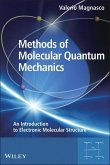
Broschiertes Buch
An Introduction to Electronic Molecular Structure
1. Auflage
1. Januar 2010
Wiley & Sons
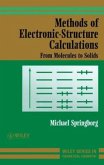
Gebundenes Buch
From Molecules to Solids
1. Auflage
26. Juli 2000
Wiley & Sons
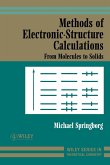
Broschiertes Buch
From Molecules to Solids
1. Auflage
26. Juli 2000
Wiley & Sons
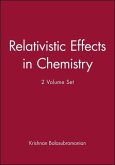
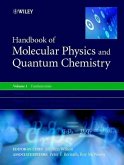
Gebundenes Buch
1. Auflage
7. März 2003
WILEY & SONS
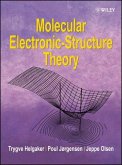
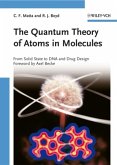
Gebundenes Buch
From Solid State to DNA and Drug Design
1. Auflage
26. Januar 2007
Wiley-VCH
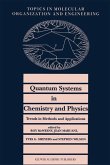
Gebundenes Buch
1997
31. Januar 1998
Springer / Springer Netherlands
978-0-7923-4699-9

Gebundenes Buch
1. Auflage
17. Dezember 1996
Wiley & Sons
Ähnlichkeitssuche: Fact®Finder von OMIKRON
